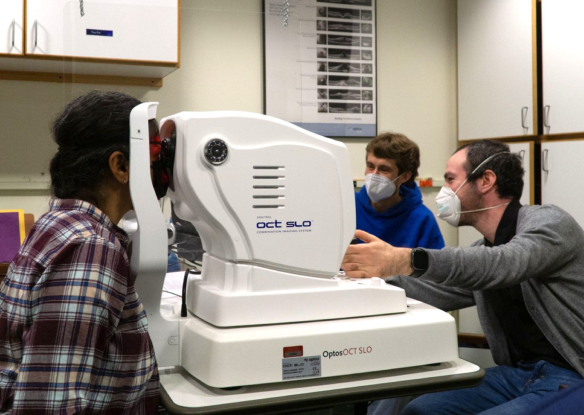
Recent scientific findings about art and drawing suggest that drawing can facilitate learning in a wide variety of domains. The proposed collaboration will develop an interdisciplinary research program aimed at harnessing the power of drawing to enhance learning across fields of intellectual endeavor.
The project grows out of recent findings that a unique drawing-based training used with the completely blind, showed dramatic enhancement of precise spatial memory, spatial analyses, spatiomotor coordination, driving brain plasticity and transfer of these learning capabilities toeveryday skills. These results from blindness rehabilitation studies indicate that even short term drawing practice can be a powerful, modality-independent active-learning intervention for people with a wide range of abilities.
The pool of experts from the fields of neuroscience, art, education, neuro-rehabilitation, psychology, aesthetics, perception, and embodied cognition share four overarching goals: First: to develop an effective working collaboration between top researchers who want to study active learning through drawing, integrating knowledge from traditionally distinct disciplines. Second: to pursue research into the learning benefits of drawing, translating and expanding the surprising successes from the totally blind to the sighted population. Key research targets include (a) identifying brain mechanisms underlying learning to draw, (b) generalizing that knowledge and designing novel drawing-based training methods to enhance learning, and testing those in classrooms and labs, and (c) gaining insights in learning-related processes that may lie outside standard academic strategies (d) remaining open to the collaborative generation of novel research. Third, to develop an innovative drawing-based approach successful across levels of visual ability, both to ameliorate vision-based learning deficits and address the challenges in those with partial visual impairments, who face the problem of adapting to the progressive loss of visual capabilities as their condition worsens over time, but also to better understand the learning that occurs in drawing across sensory modalities—not limiting ourselves to an assumption that the impacted cognition is visual. Fourth, capitalizing on the insights and data accumulated, and the top-level expertise of the network across a wide range of relevant fields, to organize a forum to consider the results in the global context, to formulate future overarching questions, and to map out the direction of work to address them.

